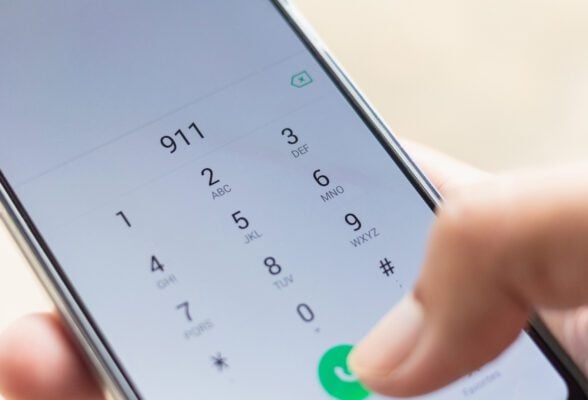The City of Indianapolis and Indianapolis Emergency Medical Services (IEMS) launched the Crosswalk to Care Program, a nurse-guided navigation service for non-emergency 911 medical calls.
The initiative aims to ease strain on emergency resources by directing low-acuity callers to more appropriate care options without always sending an ambulance or transporting patients to overcrowded emergency departments.
“The Crosswalk to Care program is just the latest tool in our public safety toolbox to help connect Indianapolis residents to the most appropriate medical care,” Mayor Joe Hogsett said. “Not only will this new method of dispatch for Indianapolis EMS better support residents, but it will also ensure that IEMS staff can better focus their efforts on urgent emergencies.”

Many 911 calls involve non-life-threatening issues, yet still trigger ambulance transport and hospital visits. This drives up costs, ties up critical resources and contributes to longer wait times. By routing low-acuity calls to a licensed nurse navigator, the program is expected to improve operational efficiency, reduce fuel and vehicle maintenance costs, boost morale for first responders and offer patients a more personalized experience without compromising safety.
“This is a smarter way to serve the public,” said Dr. Dan O’Donnell, chief of Indianapolis EMS. “When someone calls 911, they need help, but not every situation requires an ambulance or an emergency department. This program gives us a better way to respond while preserving EMS readiness for true emergencies.”

Under the new system, trained emergency medical dispatchers assess each call. If a call is deemed low acuity, it is routed to a nurse navigator who evaluates the patient’s condition and guides them to the best care option. Depending on the situation, patients may be:
- Connected with a virtual care provider or behavioral health specialist.
- Directed to an urgent care center, primary care provider or community clinic.
- Given safe self-care instructions for managing symptoms at home.
- Scheduled for follow-up with dental OB/GYN or public health resources.
- Offered transportation through local options if needed.
- Escalated to ambulance response if deemed medically necessary after nurse review.
“Our 911 dispatchers work tirelessly to ensure that every caller receives the best treatment available to them,” said Tom Sellas, chief of Metropolitan Emergency Services Agency. “Being able to efficiently connect callers to a service that can spend time assessing the true needs of the moment will not only provide better service for the caller but will allow our dispatchers to respond to future calls more efficiently.”
Every non-emergency caller receives a follow-up within 24 hours to check on their health, ensure they accessed care and provide additional support if needed. The Crosswalk to Care process went live in Marion County on June 16 and has already served approximately 200 callers.
This reporting is made possible by a grant from the Indianapolis African-American Quality of Life Initiative, empowering our community with essential health insights. https://iaaqli.org/
Contact Health & Environmental Reporter Hanna Rauworth at 317-762-7854 or follow her on Instagram at @hanna.rauworth.
Hanna Rauworth is the Health & Environmental Reporter for the Indianapolis Recorder Newspaper, where she covers topics at the intersection of public health, environmental issues, and community impact. With a commitment to storytelling that informs and empowers, she strives to highlight the challenges and solutions shaping the well-being of Indianapolis residents.





